Sono Calm Jeju (소노 캄 제주)
8.7 Km 22619 2021-01-19
6347-17, Iljudong-ro, Seogwipo-si, Jeju-do
+82-2-1588-4888
Sono Calm Jeju is located by the southern coast of Jeju Island. The resort complex has a beautiful garden and a walking path along the beach. It is also fully equipped with relaxation, leisure, and entertainment facilities, and business centers.
Sono Calm Jeju has three lodging facilities: Shineville, Luxury, and Royalville buildings. The rooms in Shineville and Luxury are hotel rooms that are inspired by neo-classic designs while the Royalville offers an ocean-view villa-style room for a more personal feel. Some of the facilities available include a fitness club, restaurants, karaoke, cocktail bar, saunas, an outdoor swimming pool, banquet hall, and more.
Pyoseon Sehwa Haenyeoui Jip (표선세화해녀의집)
9.0 Km 19948 2024-02-20
41 Minsokhaean-ro, Pyoseon-myeon, Seogwipo-si, Jeju-do
Pyoseon Sehwa Haenyeoui Jip is a restaurant renowned for its fresh Jeju seafood dishes, complemented by the picturesque views of the romantic Pyeoseon Coastal Road. The standout menu item is the braised cutlassfish, prepared with fresh Jeju-grown cutlassfish and other seafood harvested by Sehwari haenyeos. Diners can savor views of the sea and Hallasan Mountain from the restaurant. Situated on Pyeoseon Coastal Road, along the route of Jeju Olle Course 4, the location offers a tranquil and cozy ambiance.
Honinji Pond (혼인지)
9.1 Km 33451 2022-12-26
39-22, Honinji-ro, Seogwipo-si, Jeju-do
+82-64-710-6798
Honinji Pond is connected to a myth of how agriculture and farming started on Jeju Island. Despite its small size, the pond is said to have been the location of the wedding between the Samsinin (three founding demi-gods) and three princesses of the East Kingdom. Next to the pond is Samseonghyeol, three caves that served as bridal homes. Honinji Pond and Samseonghyeol are great places to trace the origin of the founders of Jeju Island. In the summer, the area is in full bloom with red lotus flowers.
Yennaryetjeok (옛날옛적)
9.5 Km 25418 2021-03-24
4660, Iljudong-ro, Seogwipo-si, Jeju-do
+82-64-784-2252
It is a place where you can taste local food in Jeju Island. This restaurant's signature menu is boiled pork slices. This Korean dishes restaurant is located in Seogwipo-si, Jeju-do.
Songdangnamu (송당나무)
10.3 Km 2912 2024-02-21
68-140 Songdang 5-gil, Gujwa-eup, Jeju-si, Jeju-do
Songdangnamu is a gardening café where visitors can enjoy flowers in a spacious garden. Songdang-ri, known for its abundant rainfall, is recognized as a neighborhood conducive to plant growth, making it popular for landscaping cultivation. The café features a greenhouse filled with various plants such as herbs, palm trees, and catcus, as well as an outdoor garden spanning over 5,300 square meters. The signature menu item is the hallabong ade.
Darangswi Oreum (Wollangbong Peak) (다랑쉬오름(월랑봉))
10.3 Km 15307 2020-05-06
San 6, Sehwa-ri, Jeju-si, Jeju-do
+82-64-740-6000
Located the Northeastern part of Jeju Island, Darangswi Oreum is a parasitic volcano that stands about 380 meters above sea level. From Darangswi Oreum, visitors can overlook tourist attractions such as Seongsan Ilchulbong (Sunrise Peak), Udo Island, Hallasan Mountain, coastlines, and various parasitic cones.
The mountain has an oval shape from south to north with a steep incline. The top has a large, deep funnel-shaped crater that still preserves its original shape unlike craters in cones. The name Darangswi is derived from the fact that the mountain looks like a moon ('Da' meaning 'Moon' and 'Swi' meaning 'Mountain' in the Jeju dialect).
Trees are scattered here and there at the top, and the outskirts of the mountain are decorated with cedar trees. Meadow plants such as Aster yomena populate most of the mountain. A gentle hill to the right of Darangswi Oreum is called Akkeun Darangswi Oreum (also called Sowol Nangak). Meaning 'small,' 'Akkeun' is both old Korean and Jeju dialect.
Darangswi Oreum hosts Wollang Peak Sunrise Festival every year allowing visitors to see the spectacular full moon from the crater. There are wooden stairs in place for easy ascent, and the mountain is also a popular site for paragliders.
Bunker des Lumières (빛의 벙커)
10.8 Km 1 2023-06-10
2039-22, Goseong-ri, Seogwipo-si, Jeju-do
+82-1522-2653
An old bunker, which had once been a state-owned key communications facility, was reborn as Bunker des Lumières after being sold to a private group in 2012. Bunker des Lumières is an immersive media art project formed with the concept of art regeneration that integrates art, technology and music. Masterpieces of world-famous artists like Gustav Klimt and Vincent van Gogh are presented through projection mapping technology as a new way to approach and enjoy art. Immersive media art provides the experience of being not only visually but also synaesthetically immersed in art, thus helping the audience to easily understand and enjoy various artworks. Fast-paced videos backed up with magnificent music are also an element that cannot be left out of immersive media art. The venue turned a neglected space into an exhibit so it also serves the function of urban regeneration. It is exciting to peruse an artist's life and their world of art through a film-like video.
Bengdwigul Cave [UNESCO World Natural Heritage Site] (제주 선흘리 벵뒤굴 [유네스코 세계자연유산])
10.8 Km 21617 2022-12-27
Jocheon-eup, Jeju-si, Jeju-do
+82-1600-0064
With a total length of 4,481 meters, Bengdwigul Cave is shaped like a maze and has one of the most complex lava tube structures in the world. For geologists, this cave is invaluable since it demonstrates how lava continuously flowed over the surface of the ground and the complex route it took to eventually form a tube deep underground. Created particularly close to the earth’s surface, this cave has a number of entrance holes to the tunnel. Inside, the complex structure of the cave unfolds in the form of double-tiered or triple-tiered rooms. A range of lava formations such as lava columns and lava bridges have developed inside this mystical tube.
* The UNESCO World Heritage designated Geomunoreum Lava Tube System of Bengdwigul, Manjanggul Cave, Gimnyeonggul, Yongcheondonggul and Dangcheomuldonggul Caves.
Sangumburi Crater (산굼부리)
10.9 Km 97273 2023-01-17
768, Bijarim-ro, Jeju-si, Jeju-do
+82-64-783-9900
Sangumburi Crater has been designated as a Natural Monument. It is located on the southeast side of Jeju, and is a flat crater, about 650 meters wide, 100 meters deep, and 2,070 meters in circumference. If you look at the crater from above up, it looks like a man-made circular stadium. There is a variety of plant-life in the crater. On the north side, Nandaeseong vegetation such as red-thorn trees, and magnolia trees grow, along with the rare winter strawberries. On the south side of the crater, Ondaerim vegetation such as evergreens, maples, and mountain strawberry trees cover the area. Because so many different kinds of trees and plants grow in such a limited space, it attracts the attention of researchers as well.
Geomunoreum Lava Tube [UNESCO World Natural Heritage Site] (거문오름 [유네스코 세계자연유산])
11.1 Km 54869 2024-03-13
Seonheul-ri, Jocheon-eup, and Deokcheon-ri, Gujwa-eup areas in Jeju
+82-64-710-8981
Geomunoreum Lava Tube stands out as one of the distinct oreum (the Jeju language term for parasitic cones) on Jeju Island, marked by its extensive network of around 20 lava tubes running through the volcanic structure. This site is not only a geological marvel but also a sanctuary for diverse biological species. Visitors begin their journey at the Jeju World Natural Heritage Center, from where a path leads directly to the Geomunoreum Lava Tube. It is important to note that prior reservations are required to visit. The significance of this location as a key geological feature was recognized when it was designated as a UNESCO World Natural Heritage Site in 2007. Additionally, an international trekking event is hosted annually to celebrate its global importance.
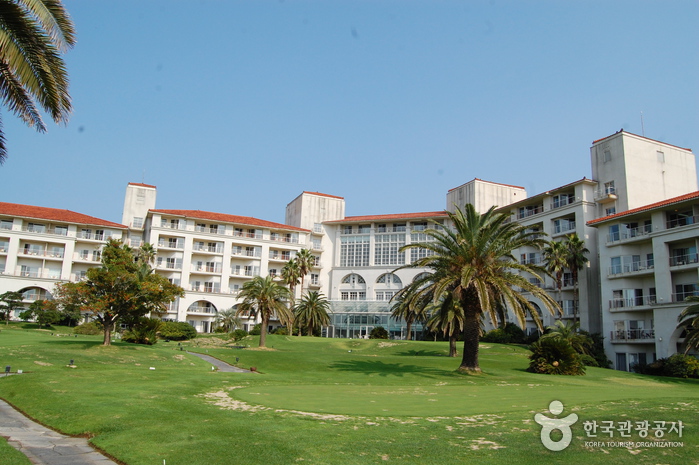
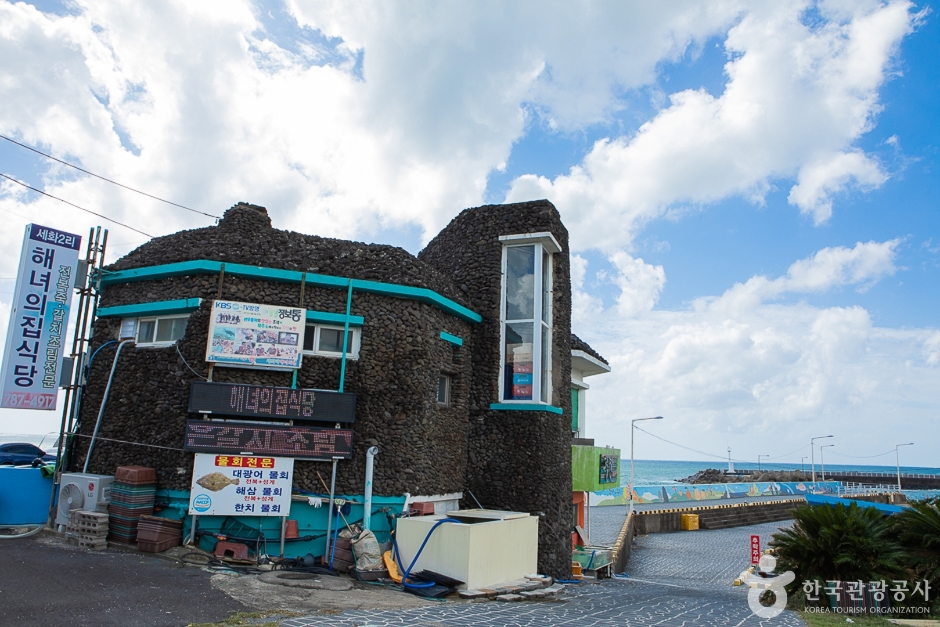

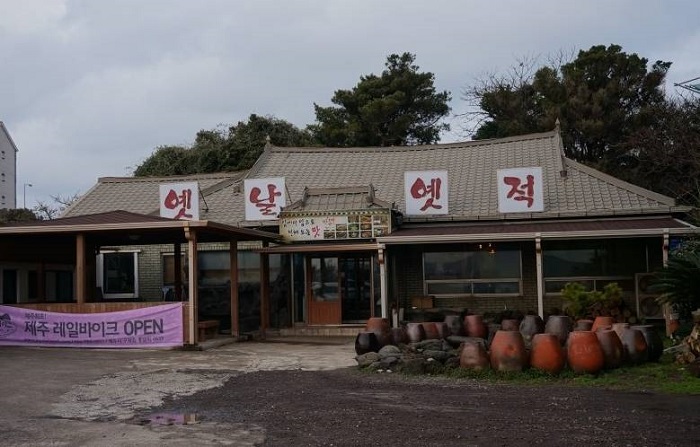
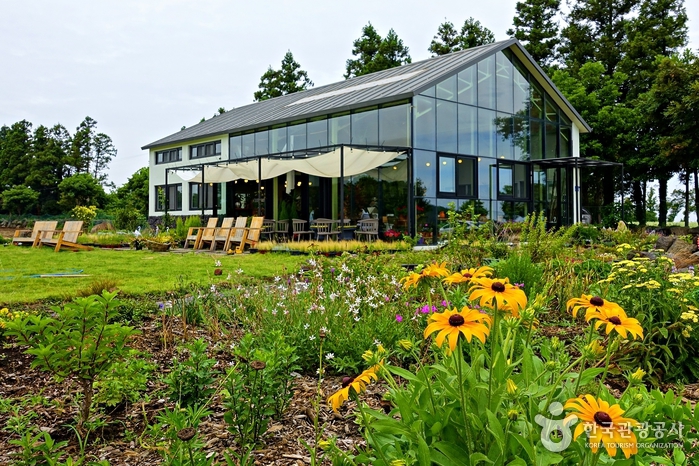
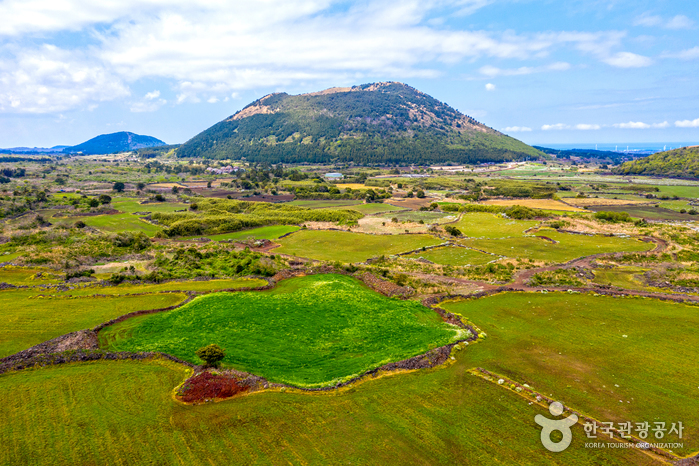
![Geomunoreum Lava Tube [UNESCO World Natural Heritage Site] (거문오름 [유네스코 세계자연유산])](http://tong.visitkorea.or.kr/cms/resource/62/2661662_image2_1.jpg)
 English
English
 한국어
한국어 日本語
日本語 中文(简体)
中文(简体) Deutsch
Deutsch Français
Français Español
Español Русский
Русский